Explore the Best AI Image Gallery

Pixels on Your Skin: How AI is Redefining Product Photography
The world of product photography has always been about capturing the essence of a product, showcasing its beauty and functionality to entice potential customers. But in recent years, artificial intelligence (AI) has stepped onto the scene, bringing with it a wave of innovation that is fundamentally changing how we capture and present products visually.
From automating tedious tasks to generating stunningly realistic imagery, AI is empowering brands to create captivating product photography experiences that resonate with their target audiences.
AI-Powered Product Photography: A New Era of Creativity
AI algorithms are revolutionizing various aspects of the product photography process:
- Image Generation: Generative AI models, like DALL-E 2 and Midjourney, can create realistic product images from text descriptions. This allows businesses to quickly generate diverse visuals without relying on professional photographers for every iteration.
- Image Editing: AI-powered tools can automate time-consuming editing tasks such as removing backgrounds, adjusting lighting, and enhancing colors. This frees up valuable time for photographers to focus on creative aspects.
- Style Transfer: AI algorithms can transfer the artistic style of one image onto another, allowing brands to create unique and eye-catching product photos that stand out from the crowd.
- 3D Visualization: AI is enabling the creation of interactive 3D models of products, providing customers with a more immersive and engaging experience. This can be particularly beneficial for showcasing complex products with intricate details.
The Impact on the Creative Industry
The rise of AI in product photography is having a profound impact on the creative industry:
- New Opportunities: AI tools are opening up new avenues for creativity, allowing photographers and designers to explore innovative concepts and push the boundaries of visual expression.
- Enhanced Efficiency: Automation enabled by AI streamlines the product photography workflow, saving time and resources for businesses.
- Accessibility: AI-powered tools are making product photography more accessible to small businesses and startups that may not have access to professional studios or photographers.
Ethical Considerations
While AI offers tremendous potential, its essential to consider the ethical implications of its use in product photography:
- Bias and Representation: AI algorithms can inherit biases present in the training data, potentially leading to biased or stereotypical representations of products and people.
- Authenticity and Transparency: Its crucial to be transparent about the use of AI in product photography and avoid misleading consumers into thinking images are entirely created by humans.
- Job Displacement: The automation capabilities of AI may raise concerns about job displacement for photographers and other creative professionals.
Future Trends
The future of AI in product photography is brimming with exciting possibilities:
- Hyper-Personalization: AI will enable the creation of personalized product images tailored to individual customer preferences.
- Immersive Experiences: AR and VR technologies integrated with AI will create interactive product visualizations that enhance customer engagement.
- Real-Time Product Design: AI-powered tools will allow customers to customize products in real-time, visualizing their creations before making a purchase.
As AI continues to evolve, its poised to further revolutionize the world of product photography, creating even more innovative and engaging ways to showcase products and connect with consumers.




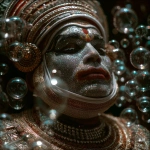


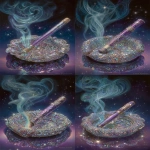
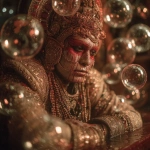





](https://images.ai-img.art/thumbnails/150/5197af8969d850e2a43e141d41e482ccbceedebceb2a4caf9f098f943f9d1b0f.webp)
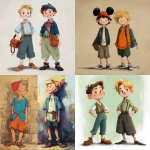


](https://images.ai-img.art/thumbnails/150/2fbd98ecfc425cfc1597779121e1c0305437067779e9c471eb64ff9615d5be98.webp)



](https://images.ai-img.art/thumbnails/150/485c8b1c747827bdc9a962f8a1919b3c259b18dd263b260208a1eae19fb85e07.webp)






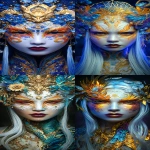
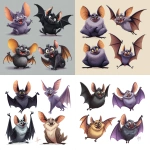


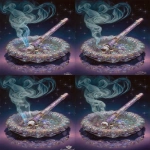

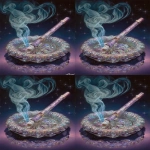





](https://images.ai-img.art/thumbnails/150/8d1fe5a7a49cfc96747182431a853357913286d89258383caab2d3b4681afcb5.webp)


](https://images.ai-img.art/thumbnails/150/3020b8c2b6d9be07e042357107af1de10deb274a41d2b0f332684ad4b532a702.webp)




](https://images.ai-img.art/thumbnails/150/269414b0e541026702e9e67c67602c96162f37ff460a388b3b36314c8fc936dd.webp)